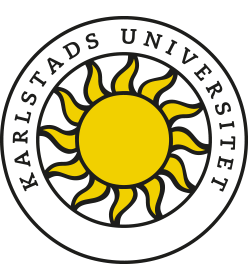Hur motiverar gymnasieelever sina bedömningar av trovärdiga och vilseledande digitala nyheter?
Nøgleord:
MEDIA AND INFORMATION LITERACY, DIGITAL LITERACY, FAKE NEWS, CRITICAL THINKING, SOCIAL SCIENCE EDUCATIONResumé
In this study, we investigate how ca. 400 students, age 16-19, determine the trustworthiness of false, biased and credible news. We examine their justifications of their assessments of the credibility with regard to the source (who?), the content (what?), the design (how?) and the underlying purposes (why?). We find that students’ patterns of justifications can be linked to different assessments. For example, students finding junk news credible may have special problems separating different kinds of sources. Students who fail to debunk a manipulated image often rely on what they see in the image in contrast to students who determine credibility upon what is not in the image. We also find that testitems used in previous research can be linked to aspects of civic online reasoning not identified in previous research. We identify complex potentials and pitfalls among students important for education and further research.
Downloads
Publiceret
Versioner
- 2021-08-09 (2)
- 2020-06-25 (1)


